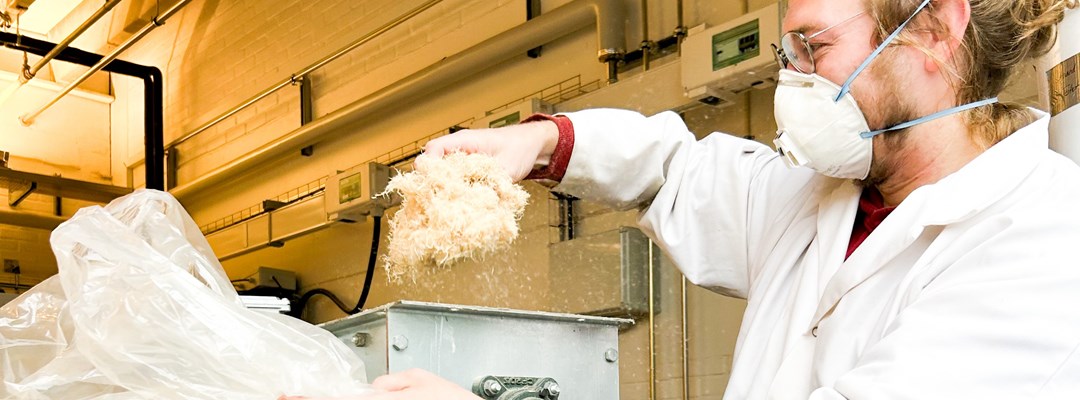
- 22. March 2024
EASI ZERo advances sustainable building materials for energy renovation
As the demand for sustainable construction solutions heightens, the EASI ZERo project is blazing a trail in materials innovation for buildings’ envelope energy renovation to reach European climate targets.
Currently in the crucial phase of research and development, EASI ZERo partners are working extensively to optimize and upscale a versatile kit of components for deep retrofits.
Pushing Innovation in the Lab
The EASI ZERo project is presently in the pilot stage, focused on pioneering new bio-based insulation materials and recycled materials to minimize the carbon footprint of renovation projects. The EASI ZERo system will provide a global and inclusive kit of components for energy renovation of the whole building envelope, including façades, roof and openings.
Over the past first year of the project, the consortium has focused on optimizing bio-based insulation materials and specifying product requirements for the European building stock.
Material manufacturers work closely together with research and technology organisations advancing use of natural fibers, mycelium, recycled content, and advanced compounds to reduce thermal conductivity and enhance eco-friendly attributes.
- A little over a year into the project, we now start the crucial phase of up-scaling of the insulation materials and integrating them into wall component prototypes and propose optimum assembly configurations, says project coordinator Philippe Thony, CEA-Liten, and continues:
- We will demonstrate very soon how our materials will contribute to carbon emission reduction while upgrading envelope energy performance and user well-being. One of our next challenges is to find out if the EASI ZERo kit is able to bring a sufficient level of energy-efficiency for any buildings all across Europe.
Extensive testing and characterization is underway across partner facilities to validate compliance with structural, safety and energy efficiency benchmarks.
Developing an adaptive kit of components
As materials scale up to pilot demonstrations, EASI ZERo’s focus is on an affordable, adaptive and accessible renovation methodology. The component kit will be customizable across building typologies and climate zones.
- We want to make customized energy efficiency achievable at scale, irrespective of climate or building constraints, says Philippe Thony.
By bringing together material manufacturers, construction firms and research and technology experts, the EASI ZERo project is actively pioneering the sustainable transformation of energy-inefficient building stock.
Strong need to accelerate the renovation rate
Around 75% of buildings in Europe are energy inefficient. In most of the EU countries, around 50% of the building stock was built before 1970 with buildings showing a variable performance. This is why the EU has initiated the Renovation Wave, and set the objective to at least double the annual energy renovation rate by 2030. The current annual deep renovation rate stands at only 0.2% on average in the EU.
Therefore, there is a strong need for efficient and replicable solutions that would accelerate these deep renovation practices and help achieve the 2030 climate target and 2050 climate neutrality defined for EU. Building envelope materials, such as those developed in the EASI ZERo project, are one of the essential components of this process towards the deep renovation of the park by 2050.
Stay tuned as the EASI ZERo material solutions progress towards demonstration and deployment!
FACTS
What is the EASI ZERo system?
The EASI ZERo system will provide a global and inclusive material package for the whole envelope, including façades, roof and openings. The package include:
- Mycelium insulation materials showing high level of thermal performance
- Wood fiber insulation panels enhanced with bio-based binders
- A sprayable render based on recycled materials that protects the insulation layer on the exterior façade and ensure a long durability of the materials
- A roof of standard tiles or PV integrating tiles that respects aesthetics of the existing building thanks to specific coloured PV panels
- Windows and doors with an innovative lightweight and bio-sourced, insulating foam frame
- A specific paint that provides a safe, healthy and aesthetic finish for the interior and the window frames
- Encapsulated phase change materials for integration into plasters and bricks, enabling thermal energy storage
- An energy storage layered material that provides additional thermal control on the interior side to smooth the demand/response performance of heating and cooling
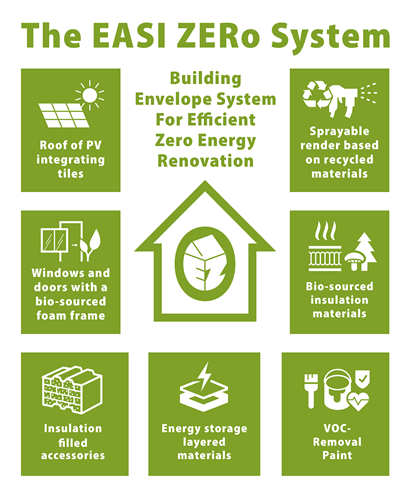
Seven highligts of the EASI ZERo system
- Bio-based and recycled materials with a low carbon-footprint
- High level of thermal performance
- Compatible to all building typologies
- Easy to install and dismantle
- Assessed performance at building scale over lifecyle
- Documented environmental, social and economic impacts
- Near zero energy balance and CO2 emission
From materials optimization to upscaling and prototypes
Over the first years time, the consortium partners have focused on optimizing and advancing use of bio-based insulation materials. Next step is up-scaling of the insulation materials and integrating them into wall component prototypes and propose optimum assembly configurations. Below, you can see some of the products and technologies included in the EASI ZERo global component kit.
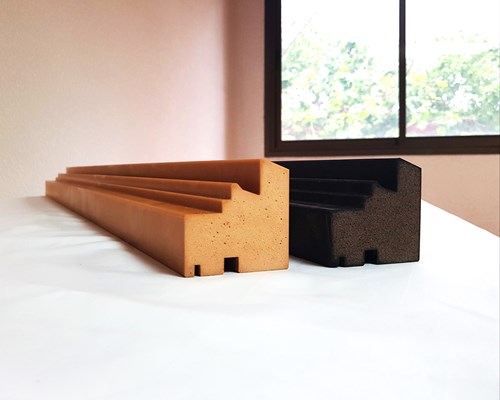
Leveraging bio-PUR technology to address the significant heat loss typically associated with windows and doors (photo: INDRESMAT)
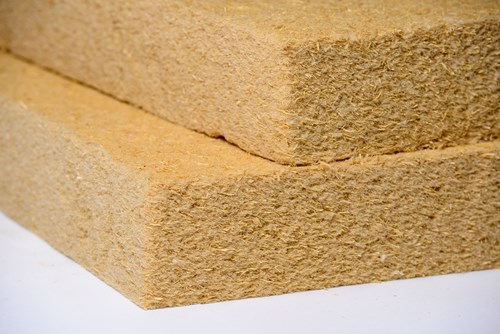
The EASI ZERo materials development includes optimization wood-fibre panels, utilizing both bio-based and recycled materials (photo: Hunton).
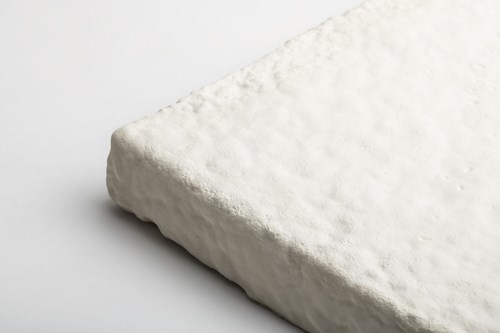
The EASI ZERo project includes testing of different natural fibres as feedstock for thermal insulating panels and of creating mycelium-based thermal insulating (photo: MOGU).
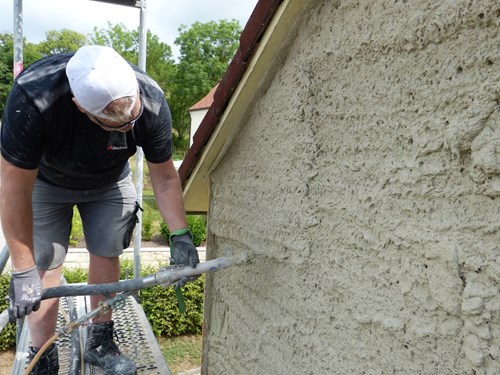
Insulating sprayable render of recycled materials is part of the EASI ZERo kit of components for easy energy renovation of the building envelope (photo: SIEVERT).
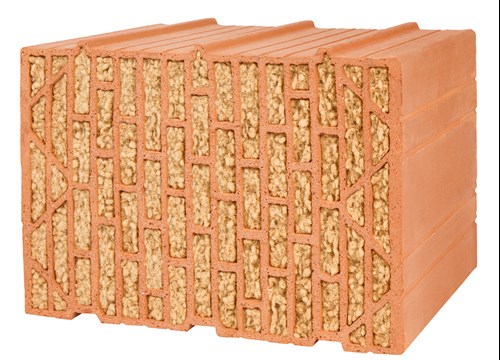
Brick filled with wood fiber insulation (photo: Leipfinger Bafer)
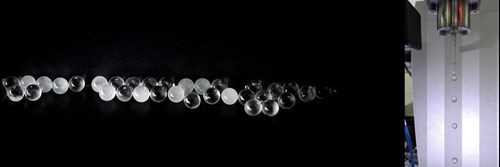
In the project, PCM (phase change material) capsules are to be integrated into building components, providing a smart solution for thermal energy storage to balance indoor temperatures more effectively (photo: Fraunhofer).

